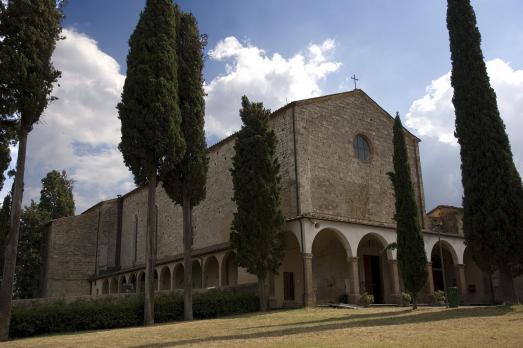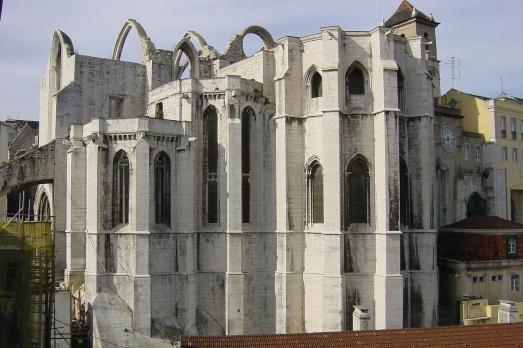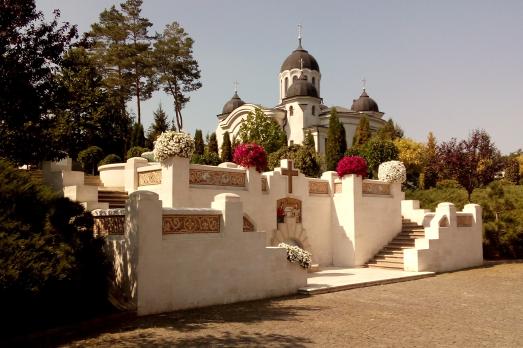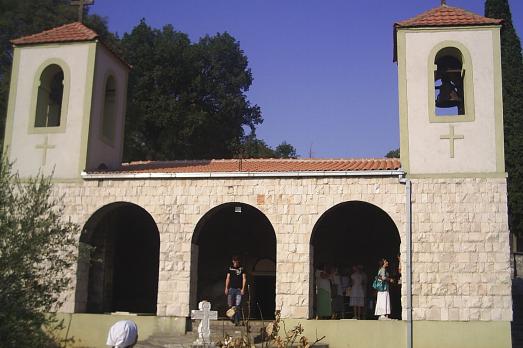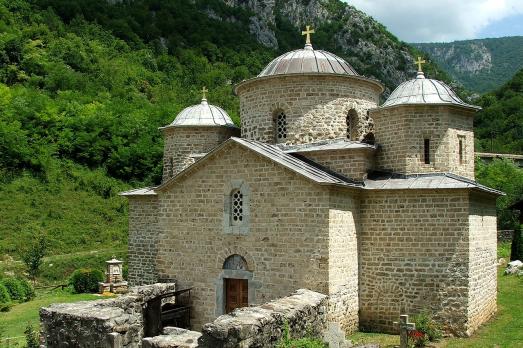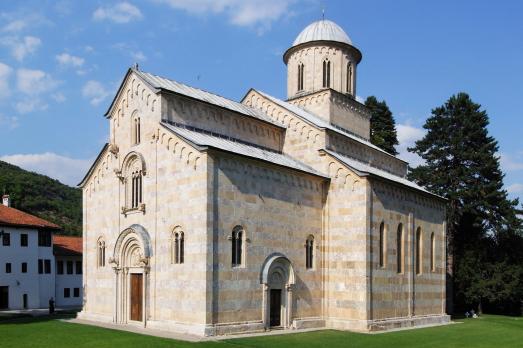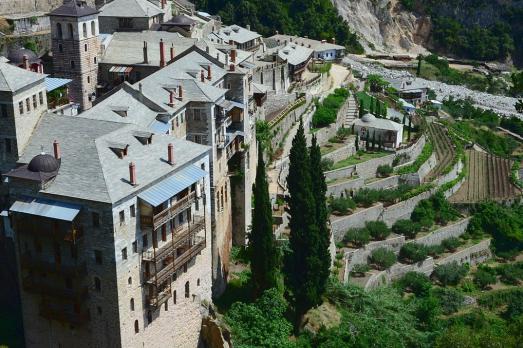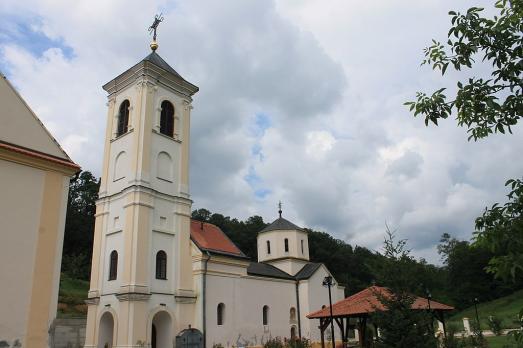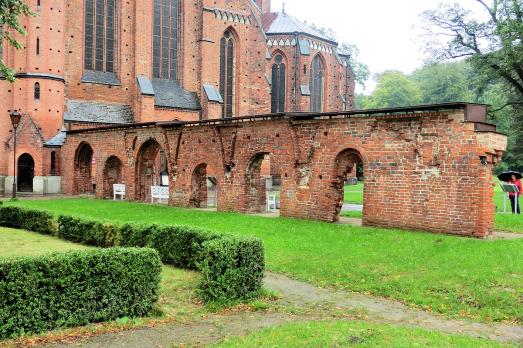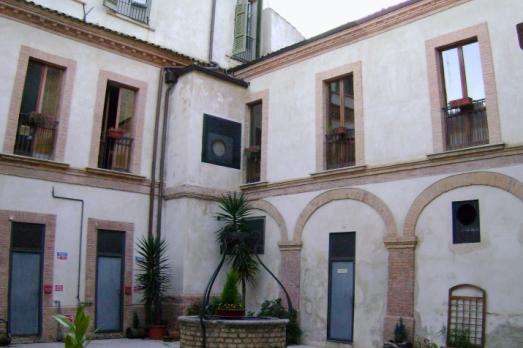
Convento di San Francesco
Lanciano, IT
The convent of St. Francis is the seat of the Friars Minor Conventual, who also manage the adjacent church of St. Francis or the Church of the Eucharistic Miracle. Its construction, as well as that of the adjacent church, dates back to the years 1250-1260 on an ancient Basilian monastery, dedicated to St. Legonziano, which was then managed by the Benedictines of San Giovanni in Venere. The Franciscan friars settled there again, after having been expelled in 1799, at the beginning of the 19th century. With the advent of the Napoleonic laws in 1809, the monks were forced to leave the church and convent, which passed to the State and then to the municipality. In 1997, the entire complex was returned to the Friars Minor Conventual.
